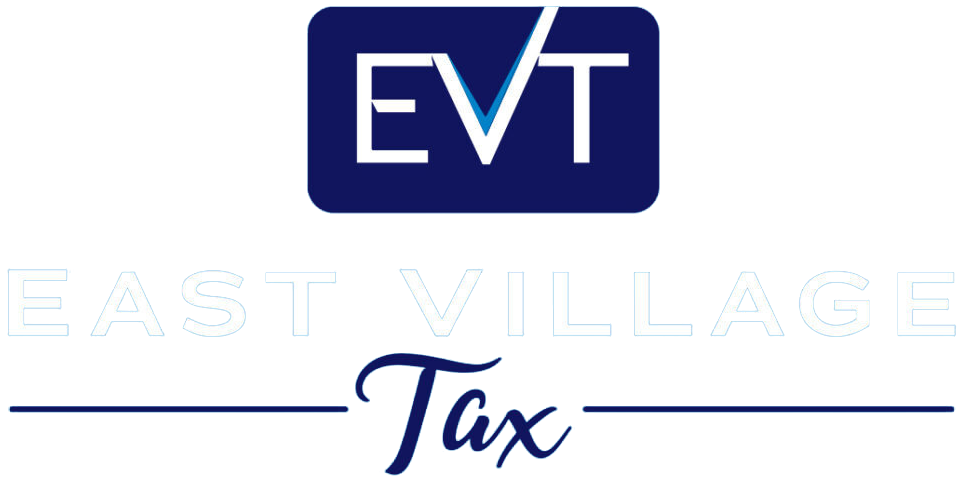If you’re a Schedule-C business owner, your company is yourself. You’re self-employed, a private practitioner, a contractor, a gig worker, or otherwise engaged in your own business operations. And that makes your taxes especially complex because your Form 1040 also includes all your business information. At the end of the year, your personal and business expenses will factor into how much you owe the government — and, usually, you’ll owe.
You can greatly improve your tax situation by following the below tips.
- Set up a SEP-IRA. A SEP-IRA is more flexible than a traditional IRA. Designed for the self-employed, a SEP-IRA lets you put away up to 25 percent of your compensation or $57,000 a year untaxed (whichever amount is less), far more than a traditional IRA or a 401(k).
- Use your prior-year tax returns for estimates and future tax preparation. Your prior returns will tell you how much you should be paying as estimated taxes every quarter. It’s best to pay estimated taxes so you aren’t hit by a huge tax bill and penalties later on.
- Get ESAs, HSAs, and other tax-advantaged accounts. ESAs are educational savings accounts (great if you have kids) and HSAs are health savings accounts (great if you’re concerned about your health). These accounts are tax-advantaged just like IRAs, so you don’t pay taxes on the money you put into them.
- Pay attention to your home office. For most business owners, the home office deduction is going to be the most significant deduction. Don’t underestimate the amount that you pay for your office, including the portion of utilities devoted to it.
- Install some apps. Personal finance apps that automatically categorize your transactions are a great way to keep a budget. Plus, you can download or export the information directly to your accountant when tax time comes, which will reduce the amount of work they have to do.
- Pay attention to the Alternative Minimum Tax. For some individuals, deductions won’t even matter, because the AMT is better. The AMT is an alternative to actually calculating all your deductions; it just assumes you have an average amount of deductions. The AMT changes every year, so you should check with the IRS.
- Don’t forget your depreciation. Any item that you’re using solely for your business can potentially be depreciated, though you need to figure out how long its usable life will be. You may also be able to deduct property repairs and improvements.
And most importantly…
- Meet with your accountant before the tax year is through. Too often, people come to their tax preparer after the year is over just to prepare their taxes. But it’s better to meet with an accountant at the beginning of the year to strategize. This is how you actually reduce your taxes, rather than calculating it.
Meeting with a tax professional is a great way to get more information about your unique situation. It could be that you’re better off as a corporation rather than a Schedule C — or it could be that you just need to pay more attention to deductions and expenses. A tax professional can help.

